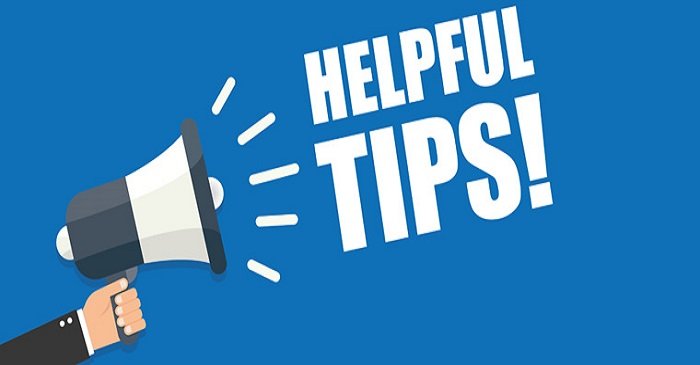Troubleshooting Internet Connection Problems on Windows: 11 Tips to Get You Back Online
Table of Contents
In the digital age, few things are as frustrating as encountering Internet connection problems on your Windows device. Whether it’s the infamous “WiFi connected but no Internet” issue or a stubborn router that refuses to connect, these disruptions can disrupt your workflow. But fear not! This article provides 11 practical tips to troubleshoot and resolve common Internet connection problems step by step.
1. Restart Your Computer
Is it the Magic Fix? Sometimes, Yes!
If your computer suddenly loses its internet connection, try the age-old remedy of restarting. Click on Start, navigate to Power, and choose Restart. This simple step can often work wonders in resolving mysterious connection issues.
2. Check Internet Connection Across Devices
Is It Just You? A Quick Check Can Tell
Facing the “This site can’t be reached” error? Before diving into solutions, test the waters. Attempt to access different websites or use another device to gauge if the issue is widespread or confined to your machine. This information is crucial for targeted troubleshooting.
3. Restart the Internet Modem and Router
Power Cycle for a Fresh Start
Minor glitches often bow to a good old-fashioned restart. Disconnect the power supply or manually unplug your modem and router. After a few minutes, power them up again. This can be a quick fix for issues like a router not connecting to the Internet.
4. Scan for Virus/Malware
Guard Against the Unseen Culprits
Malware or viruses can wreak havoc on your computer, causing abnormal behavior and internet connection problems. Use Windows Defender or a reliable antivirus tool to scan your system for unwanted guests.
5. Reset Your Router for Troubleshooting
Soft or Hard Reset? Your Choice
For persistent issues, consider resetting your router. A soft reset involves unplugging and plugging the power connector, while a hard reset, initiated by pressing and holding the reset button, restores factory settings. Exercise caution, as this will also reset your network name and password.
6. Adjust Your Proximity to the Router
Closer, Closer, Ah, There We Go
The distance between your device and the wireless access point influences WiFi performance. If you’re facing connectivity problems, move closer to the router. Sometimes, a few steps in the right direction can resolve issues like a WiFi connection but no internet.
7. Reach Out to Your ISP
When in Doubt, Ask the Professionals
If the problem persists or you experience slow internet speed, don’t hesitate to contact your Internet Service Provider (ISP). They can provide valuable insights and solutions tailored to your connection.
8. Temporarily Disable Antivirus Software
Antivirus vs. Internet: The Temporary Truce
Sometimes, third-party antivirus software can clash with your system processes. Temporarily disable or uninstall it to see if the WiFi is connected but no internet problem disappears.
9. Troubleshoot Your Device
Let Windows Diagnose and Fix
Navigate to Start, go to Settings, then Update & Security, and finally, Troubleshoot. Click on Internet Connections and run the troubleshooter. Let Windows automatically search for and fix detected problems.

10. Update Network Adapter Drivers
Keep Your Drivers Up to Speed
Outdated network adapter drivers can contribute to connectivity woes. Open Device Manager by typing “device manager” in the Start menu, expand Network adapters, right-click your network device, and choose to update the driver.

11. Reset DNS/TCP/IP Settings
When All Else Fails, Reset the Network
Open Command Prompt with elevated privileges (Windows + R, type cmd, and press Ctrl + Shift + Enter). Use the following commands to reset DNS/TCP/IP settings:
ipconfig /release
ipconfig /all
ipconfig /flushdns
ipconfig /renew
netsh int ip set dns
netsh winsock resetHow often should I restart my router?
It’s good practice to restart your router occasionally, especially if you encounter persistent connection issues. Once a month is a reasonable frequency.
Can antivirus software cause internet problems?
Yes, some antivirus programs may interfere with your system processes and lead to internet connection problems. Temporarily disabling or uninstalling them can help identify the issue.
What should I do if the troubleshooter doesn’t fix the problem?
If the built-in troubleshooter doesn’t resolve the issue, consider reaching out to your Internet Service Provider for specialized assistance.
Why is my computer showing “WiFi connected but no Internet”?
This issue could stem from various factors, such as router misconfigurations or network adapter problems. The provided tips offer a systematic approach to diagnosing and fixing such problems.
Are there any additional steps for advanced users to troubleshoot internet problems?
Yes, advanced users can explore further options like checking firewall settings, examining IP configurations, or consulting online forums for specific troubleshooting advice.
Conclusion
In the vast realm of the internet, troubleshooting connection issues is a skill every Windows user should possess. With these 11 tips, you have a comprehensive toolkit to tackle problems like no internet connection, WiFi issues, router malfunctions, and more. May your online ventures be smooth and uninterrupted!



